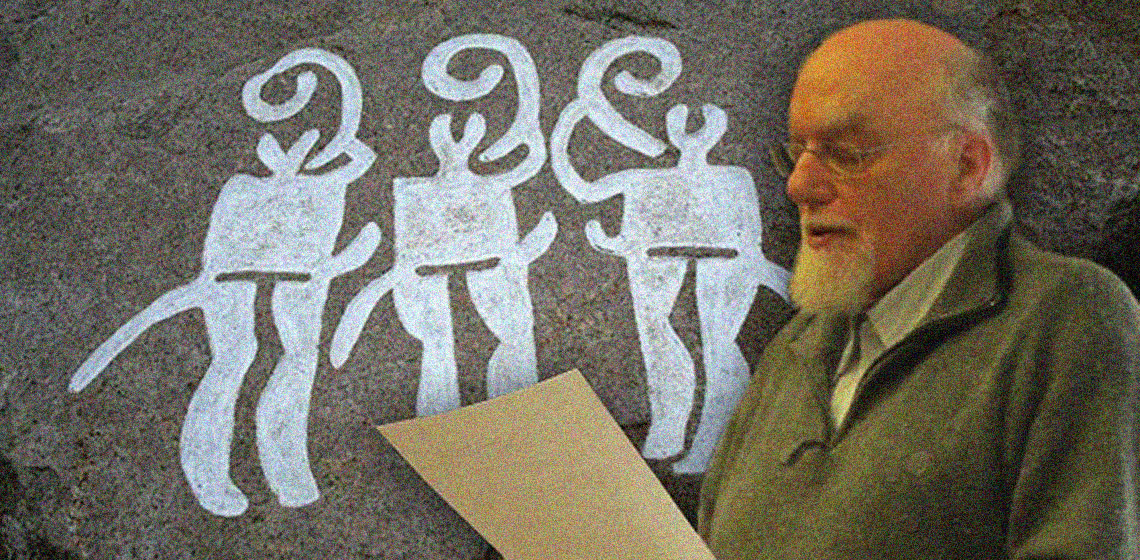
Summer is already coming to an end, but in experimental archaeology, season is not important. Following the conclusion of a field course in experimental archaeology held in the University of Latvia, it is hoped that a short report and perhaps a more detailed article will be produced in the future. With that in mind, and while the memories are still fresh, I note the main events of a spring trip.
So, one nice April day, with support from the Latvian State Cultural Capital Foundation, I traveled to Copenhagen; an hour outside of which I arrived at one of the birthplaces and modern centres of experimental archaeology. Here, during the nineteen fifties and sixties, a young and enthusiastic Danish student, Hans-Ole Hansen, started experimentating with Iron Age buildings and agricultural technologies. Experiments associated with the burning of several of these houses have assured it a place in experimental history. Valuable experience and data was gained in relation to the formation of cultural layers and the traces left behind by different materials. Today one of the best known archaeological open air museums is located here – ‘Land of Legends Lejre’ (‘Sagnlandet Lejre’).
In the spring of this year, EXARC held a meeting there, dedicated to the history of experimental archaeology as a sub branch of archaeological science.
There were more than ten reports, covering a wide range of topics–starting with the question of methodology. This was of particular interest to the founder of EXARC, Martin Schmidt, who didn’t hide his scepticism of the necessity of repeating certain experiments, while also expressing a critical opinion of those not using the experiences of previous research.
The conference was opened by Hans-Ole Hansen himself, who talked about the significance of experience in experimental archaeology; playing with the meaning of the terms ‘experimental’ and ‘experiential’.
Some of the reports touched on more specific questions, such as recent pyrotechnical experiments in Romania and the study of ancient Greek warfare through the replication of their warships and armaments. Our northern neighbors in Estonia garnered deserved interest for their 2005 simulation of cremation burials, along with the attempt at living in a newly built replica Iron Age house during winter; once more demystifying an assumption that living together with cattle could somehow help with keeping higher temperatures.
The majority of the lecturers examined the experiences of different national states in organising archaeological open-air museums. They also recognised the contributions of individuals to the use of experimental approachs in archaeological investigations. This author discussed experimental archaeology in his own state – Latvia – examining both the formation of Āraiši archaeological museum park and the role of Dr.Jānis Apals in it, while also looking to the future, outlining main areas of possible further development.
The conference ended with a guided tour by the director himself around the Lejre museum park. We visited the site of Hans-Ole Hansen’s burned-down houses, now covered with soil and awaiting future researchers, along with different zones dedicated to different epochs. These included an iron smelting site, newly built megalithic constructions with petroglyphs on the stones, as well as places for different educational activities.
This review was originally published in Latvian at: http://primitivisti.wordpress.com